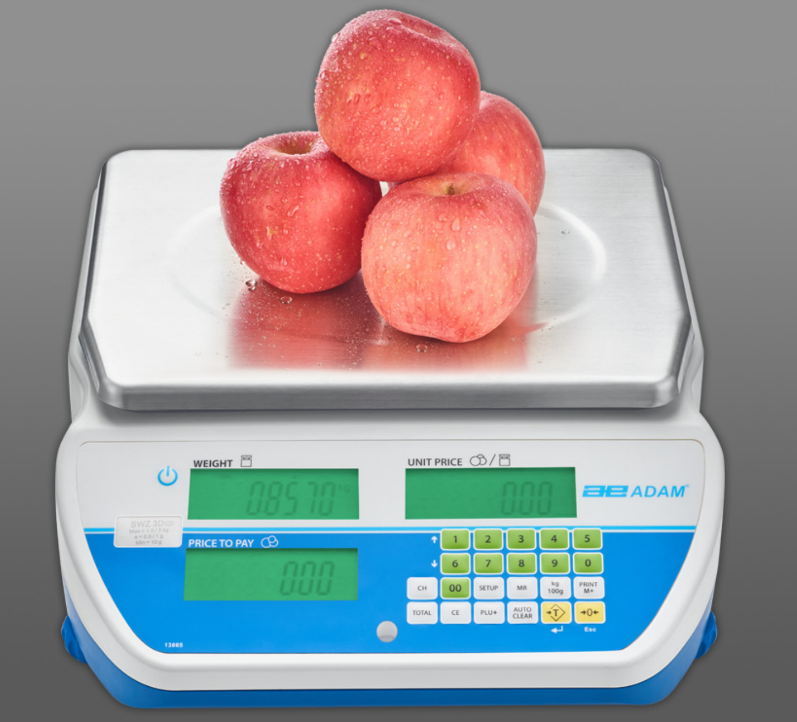
During your search for the perfect weighing instrument, you might have seen the words "dual-range" here and there without any explanation of what that means. In this post, we'll cover a basic explanation of dual-range weighing and whether it's right for your needs.
To understand dual-range weighing you must first understand resolution. Resolution is the sum of all increments available on a scale. For example, if a scale has a capacity of 100g and displays results to 0.1g (readability), then the resolution is 1,000 (100g/0.1g = 1,000).
So what is dual-range weighing?
Scales that feature dual ranges can automatically weigh samples at the best readability available, depending on the mass of the sample. This is useful when using a scale with higher capacity, as it allows weighing small samples to a finer readability than when weighing larger samples. Fine range results are typically better by a factor of 10, or in other words, the fine range typically offers an additional decimal place for readability.

What is the benefit of owning a dual-range scale?
On an instrument as precise as an analytical balance, even a slight difference in the types of samples can be significant. In commercial usage, over time, if the scale's readability is too high, it can cut into the profit margin of the user. Scales and balances that weigh many different objects need the dual-range feature to deliver precise results no matter how small or large the sample may be. It's versatile and saves money. It also allows for tare refinement; a scale with a high capacity could miss very fine samples because the tare of the recipient isn't precise enough, but with dual-range, it could switch resolution to tare the weight of the container precisely enough to still correctly weigh the fine sample. It's much easier (and cheaper!) than using two different instruments.
Which scales and balances have dual-range weighing?
Retail scales like the are often equipped with dual-range, since they weigh a variety of objects every day. Lab balances like some models can also have that feature so they can be used with a wider variety of samples. So one could weigh a sample taken directly from the field, then weigh the smaller refined product on the same balance. It's helpful for semi-micro balances to have, so they provide a more precise result in the fine range.

Should you get a dual-range weighing scale?
If your application requires the measurement of a wide variety of objects that have significant differences in mass/weight, you should consider purchasing a scale or balance with the dual-range weighing function. However, if you weigh similar objects or ingredients that have similar mass, a dual-range scale may not be a necessity.
To sum it up, dual-range is a feature that allows scales and balances to automatically refine their resolution to provide finer readability when weighing small samples. This is particularly useful in analytical balances. We hope this was helpful in understanding what 'dual-range" means. Don't hesitate to contact us if you have questions, and follow us on social media for the latest Adam news and more blog posts. Thank you for reading!

